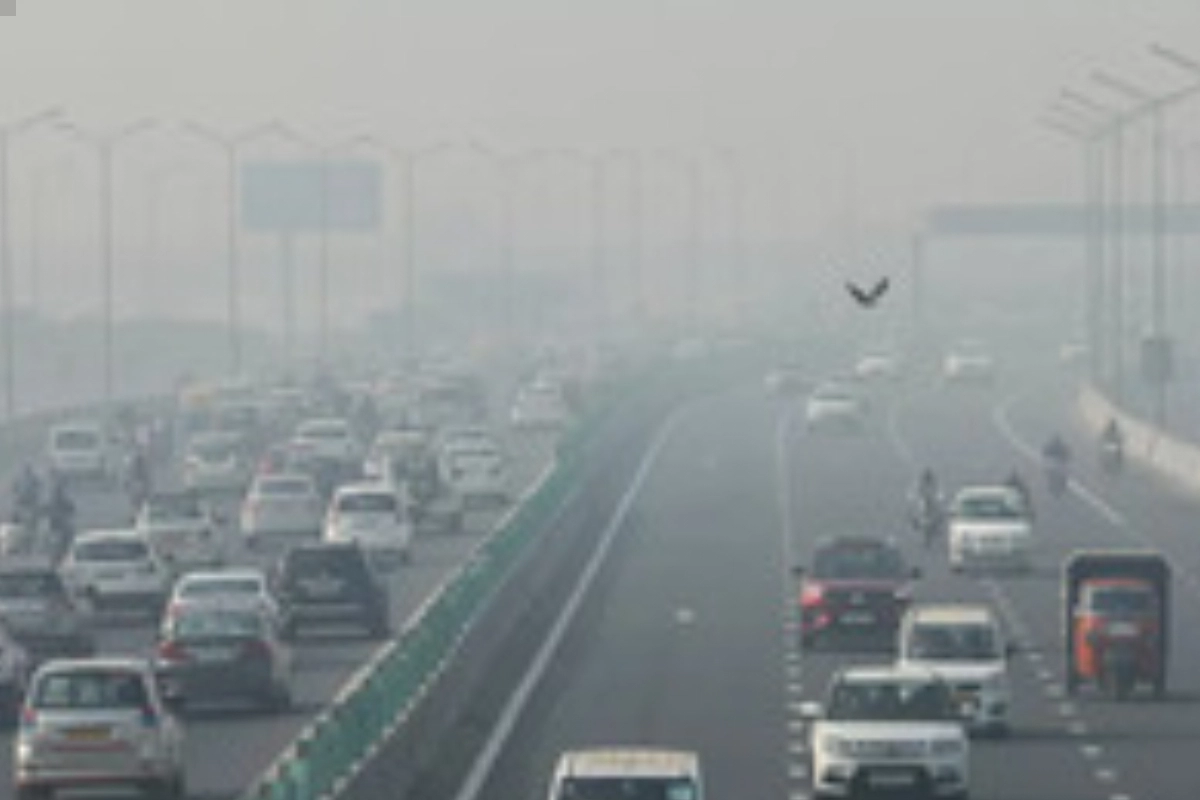Commuters in Delhi and surrounding areas can heave a sigh of relief. It is not that air pollution is completely over, but they are relieved to drive their old cars on the roads of Delhi. After a week-long ban on BS-III petrol and BS-IV diesel vehicles to curb air pollution, the government has finally lifted the restrictions from Monday, November 14. Although the ban has been lifted for the time being, there will be another meeting on Monday to decide whether the ban should continue. The Air Quality Index (AQI) in Delhi has improved over the weekend but is still in the poor category.
Last week, the Delhi government implemented the ban on these vehicles based on the third phase of the Graded Response Action Plan (GRAP, GRAP).
“The restrictions were in place till November 13 and they have not been extended yet. The AQI (air quality index) in the city has remained stable in the last four days,” a Delhi government official was quoted as saying by news agency PTI. What should be done , There is a meeting on Monday to discuss it.”
Before the restrictions were lifted, the Delhi Traffic Police was barred from entering Delhi, while over 1,200 diesel light motor vehicles were seized under GRAP. Delhi Environment Minister Gopal Rai chaired a high-level meeting to discuss fresh directions by the Centre’s air quality panel on revoking restrictions imposed under the final phase of the Graded Response Action Plan, officials said.
During the restrictions, the Delhi Police issued challans to over 5,800 vehicle owners last week for taking out BS-III petrol and BS-IV diesel four-wheelers. The Delhi government’s transport department had issued an order last Monday saying that violators would be prosecuted under the Motor Vehicles Act, and would have to pay a fine of up to Rs 20,000. Only emergency services or vehicles engaged in government and election-related work are exempt from this ban.
Delhi is usually under the grip of severe pollution
Delhi is usually under the grip of severe pollution around this time of the year. Vehicular pollution along with crop (straw) burning in Punjab, Haryana increases the AQI in the national capital on a large scale just before winter. However, this time strong winds have helped in clearing the air a bit. Over the weekend, Delhi recorded an average AQI of 303, which improved slightly from 346 on Friday. Any AQI recorded between 201 and 300 is considered poor, while an AQI between 301 and 400 is considered very poor.
Also Read – International Indigenous day 2022: Everything You Need To Know
Keep watching our YouTube Channel ‘DNP INDIA’. Also, please subscribe and follow us on FACEBOOK, INSTAGRAM, and TWITTER.






